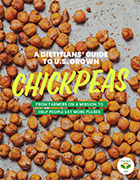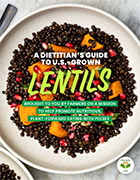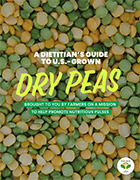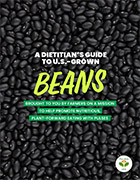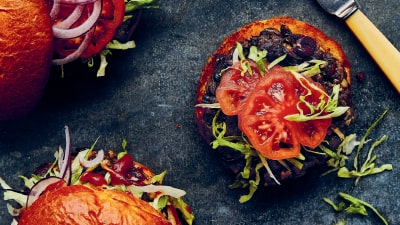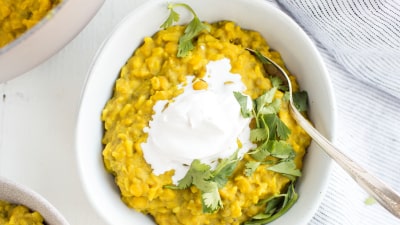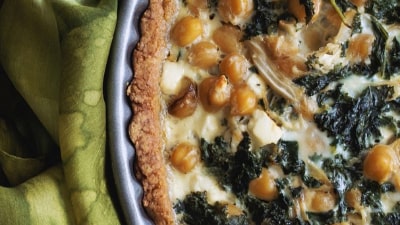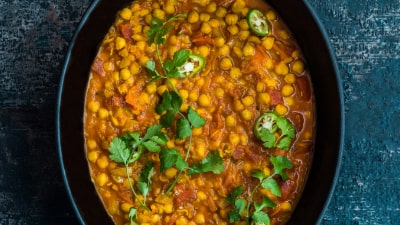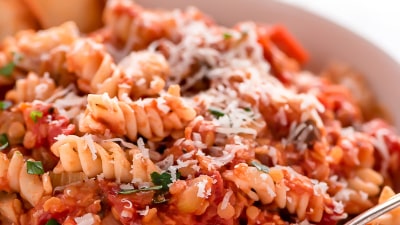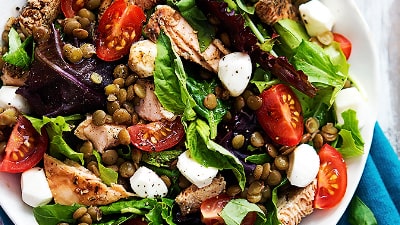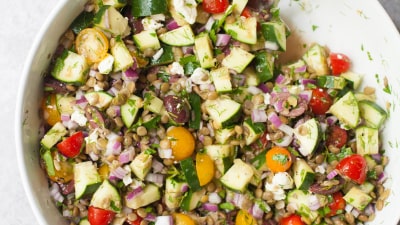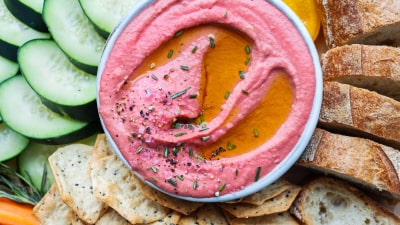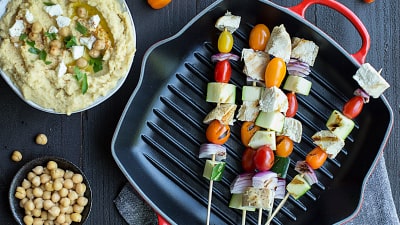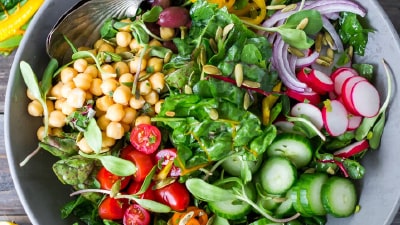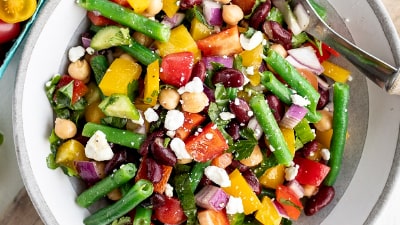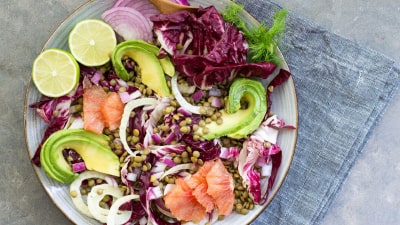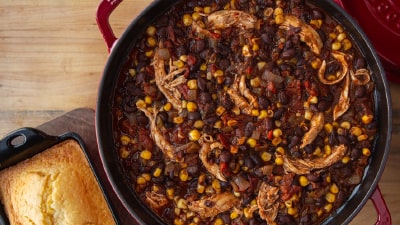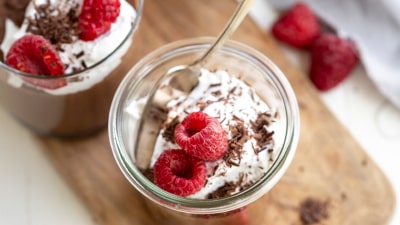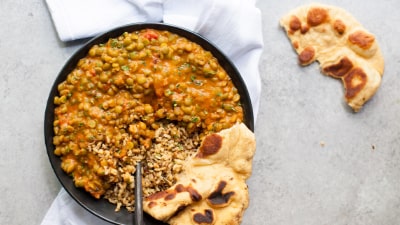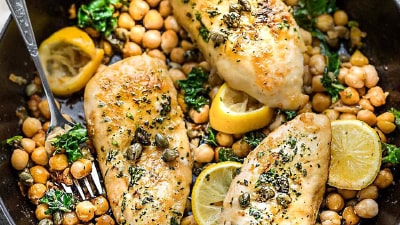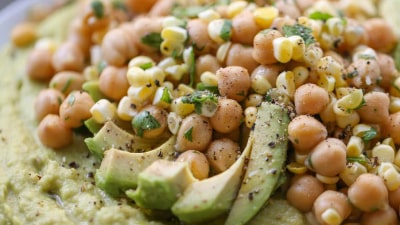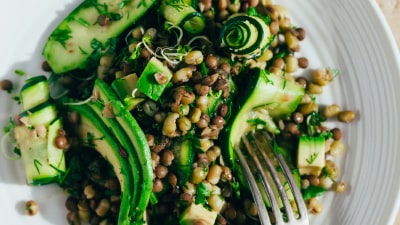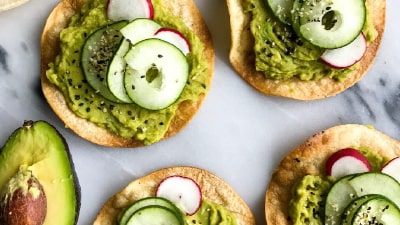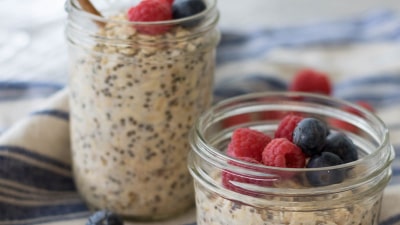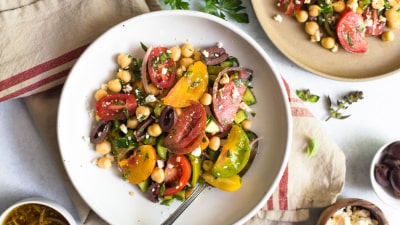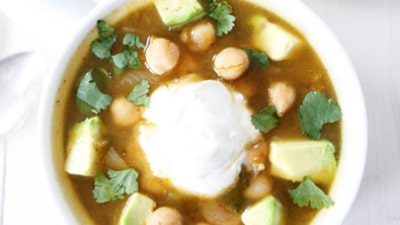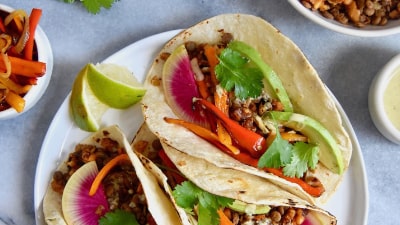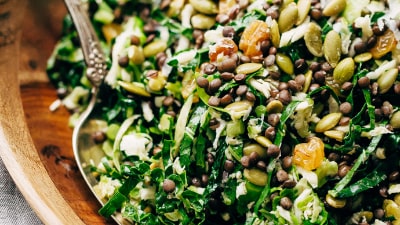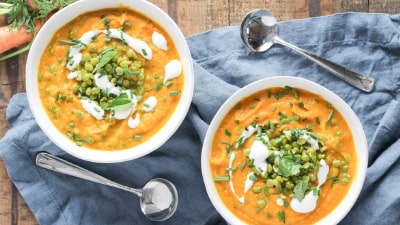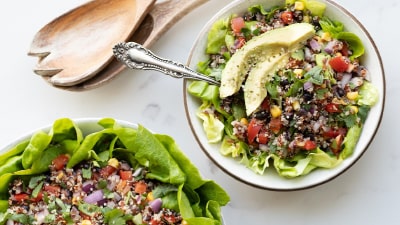Nutrition Professionals
Pulses for Better Nutrition
Pulses, also known as chickpeas, lentils, dry peas and beans, are a nutrient-dense choice. As an excellent source of dietary fiber, folate and manganese and a good source of potassium, iron, and plant-based protein, pulses are go-to ingredients for health and wellbeing.
Affordable, delicious and easy-to-prepare, pulses are ideal in all dietary patterns. Due to their high nutrient content, the United States Department of Agriculture (USDA) considers pulses to be a part of both the Vegetable Group and Protein Foods Group.
Excellent Source of Fiber
Good Source of Plant-Based Protein
Excellent Source of Folate
Packed with Key Nutrients
Nutrition Facts
per half-cup cooked serving
The 2020-2025 Dietary Guidelines for Americans recommends consuming 1.5 cups of cooked pulses per week for all 2,000 calorie diets, including the Healthy U.S.-Style, Mediterranean-Style, and Vegetarian dietary patterns.

| Beans | Black | Black-Eyed Peas | Kidney | Lima | Navy | Pinto |
|---|---|---|---|---|---|---|
| Calories | 110 | 100 | 110 | 110 | 130 | 125 |
| Total Fat | 0.5g | 0.5g | 0g | 0g | <1g | <1g |
| Sodium | <1mg | 15mg | <2mg | <2mg | 0mg | <1mg |
| Carbs | 20g | 17g | 20g | 20g | 24g | 22g |
| Fiber | 8g | 3g | 7g | 7g | 10g | 8g |
| Protein | 8g | 7g | 8g | 7g | 8g | 8g |
| Iron | 1.8mg | 1.8mg | 2.6mg | 2.2mg | 2.2mg | 1.8mg |
| Potassium | 306mg | 230mg | 357mg | 478mg | 354mg | 373mg |
| Magnesium | 60mg | 82mg | 40mg | 40mg | 48mg | 43mg |
| Folate | 128mcg | 121mcg | 115mcg | 78mcg | 128mcg | 147mcg |
Protein Swaps
Swapping a portion of animal protein for pulses is a great way to save money and stretch out your groceries.
Swaptions include:




Pulses and Their Role in Health
Weight Management
Heart Health
Diabetes Management
Gut Health
Cancer Prevention
Longevity
How Pulses Fit in Various Diets and Healthy Eating Patterns
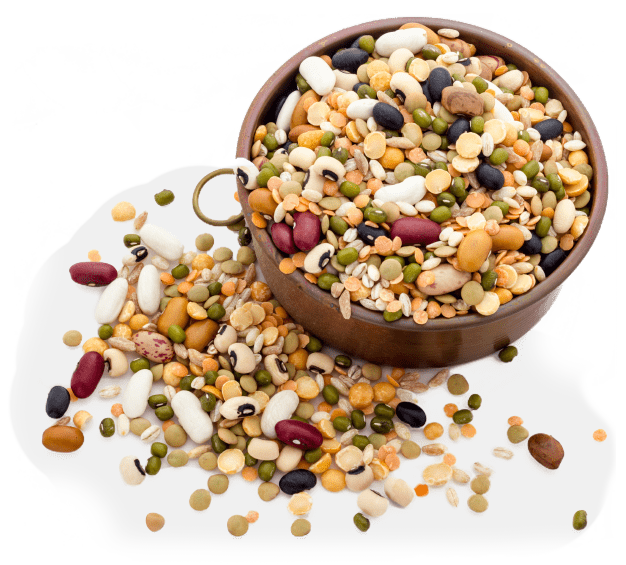
Pulse Flours
Substitute wheat flour with pulse flours (like chickpea flour) for protein-dense, gluten-free baking.
Dairy Alternatives
Head to the dairy aisle for dairy-free alternatives like milk, cheese or ice cream, made from sustainable pulses like chickpeas and peas!
Meatless Patties
Vegetarian? Pick up plant-based burgers made with beans or even pea protein.
Pulse Pastas
For a fiber and protein-filled, gluten-free pasta choice, try lentil, bean, pea, or chickpea pasta.
Roasted Pulses
Snack on seasoned roasted pulses for a fiber-filled snack.
Simple Ingredient
Replacements & Swaps





Nutritious Recipes
Free Nutrition
Resources & Handouts
Our goal is to provide consumers, nutritionists and dietitians with current data, research studies and resources to better understand the nutrition benefits of pulse ingredients. The following resources are free for your use.
- Trending Strategies to Pulse Forward
- Pulses Help You Meet the Dietary Guidelines for Americans
- Powerful Pulses
- Under the Microscope: Pulses and Health
- Good for You, Good for the Planet
- Think Like a Chef
- Pulses: The Health Powerhouses
- Antinutrients Factsheet
- Nutrition Education & Food Pantry Resources
- Swaps & Tips
- RDN Toolkit
- Pulses and Weight Management
- All About Handouts
- Food Bank & Pantry Staff Guide (PDF - 46MBs)

